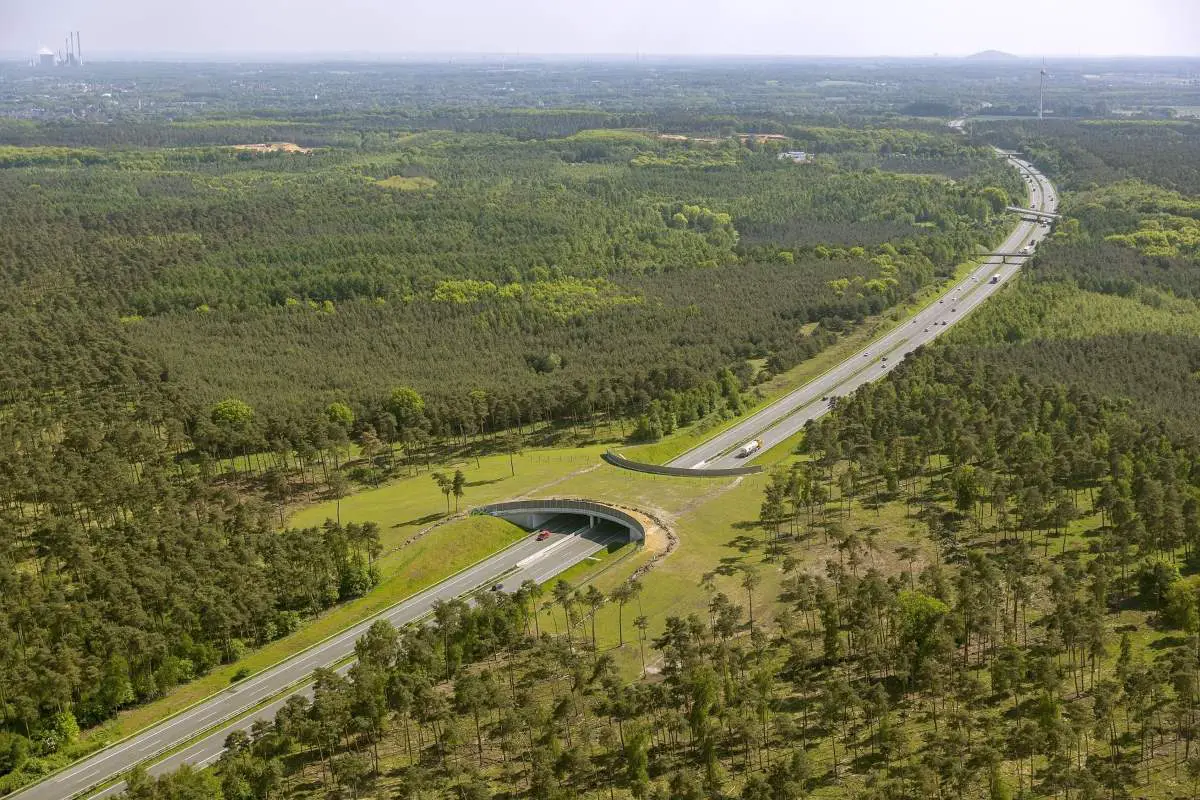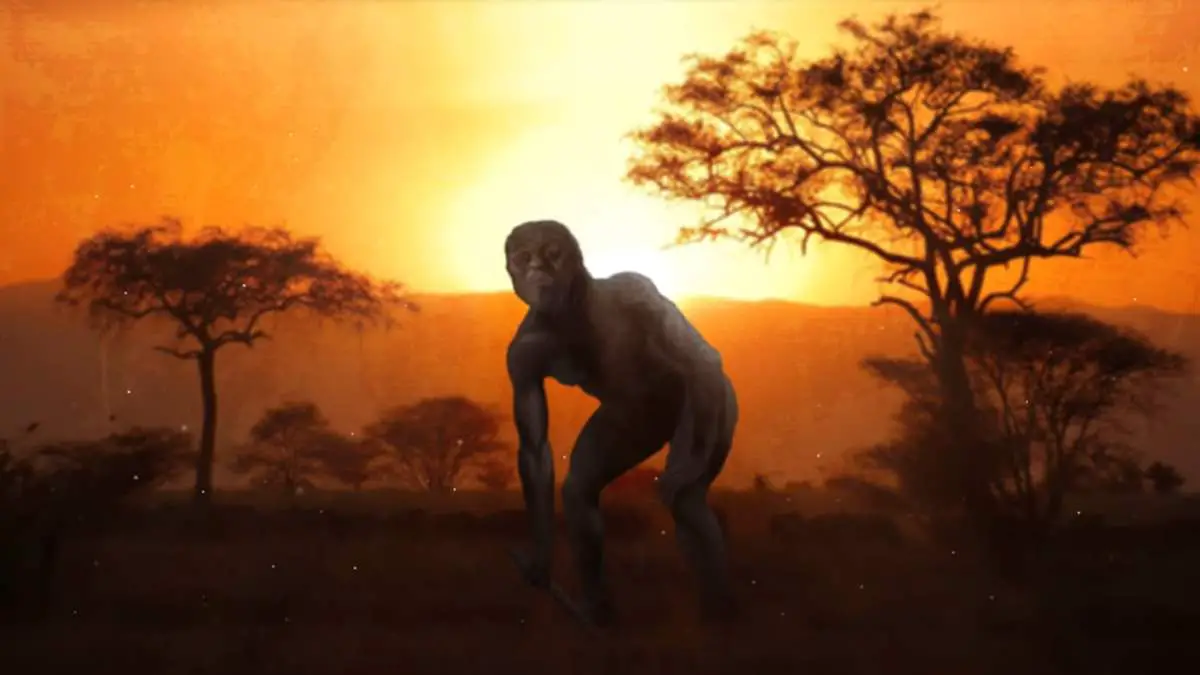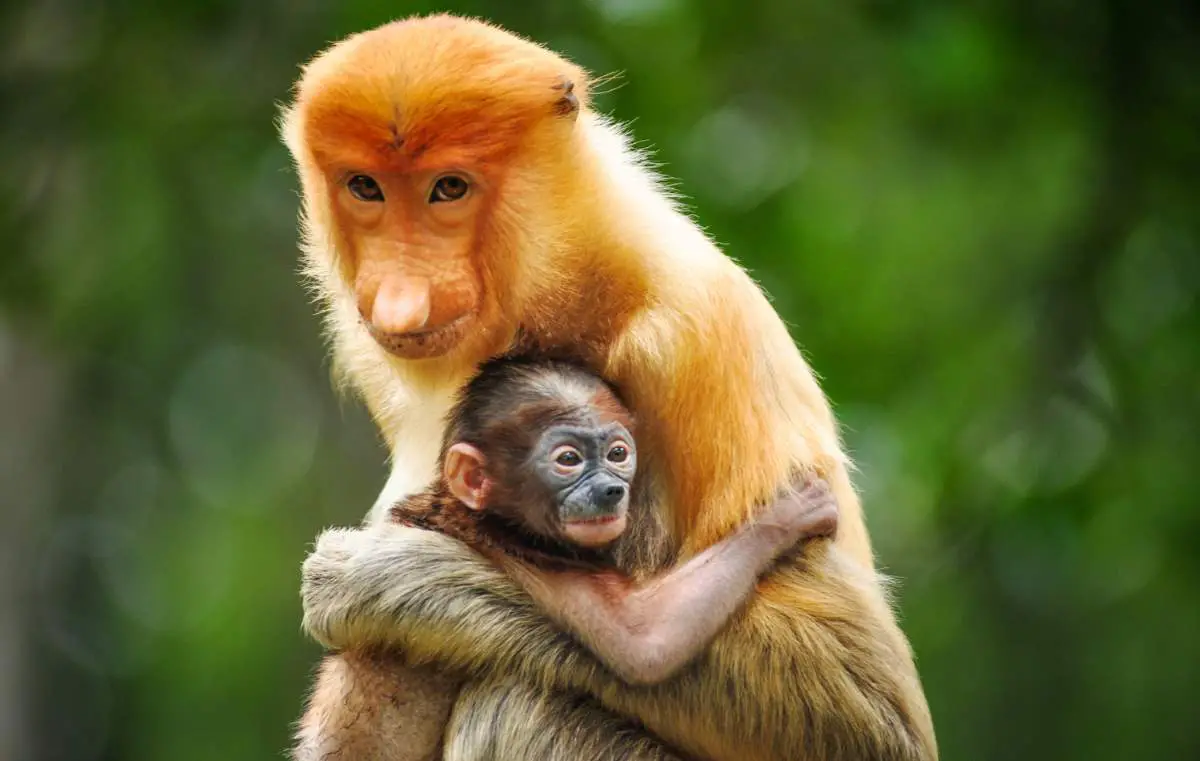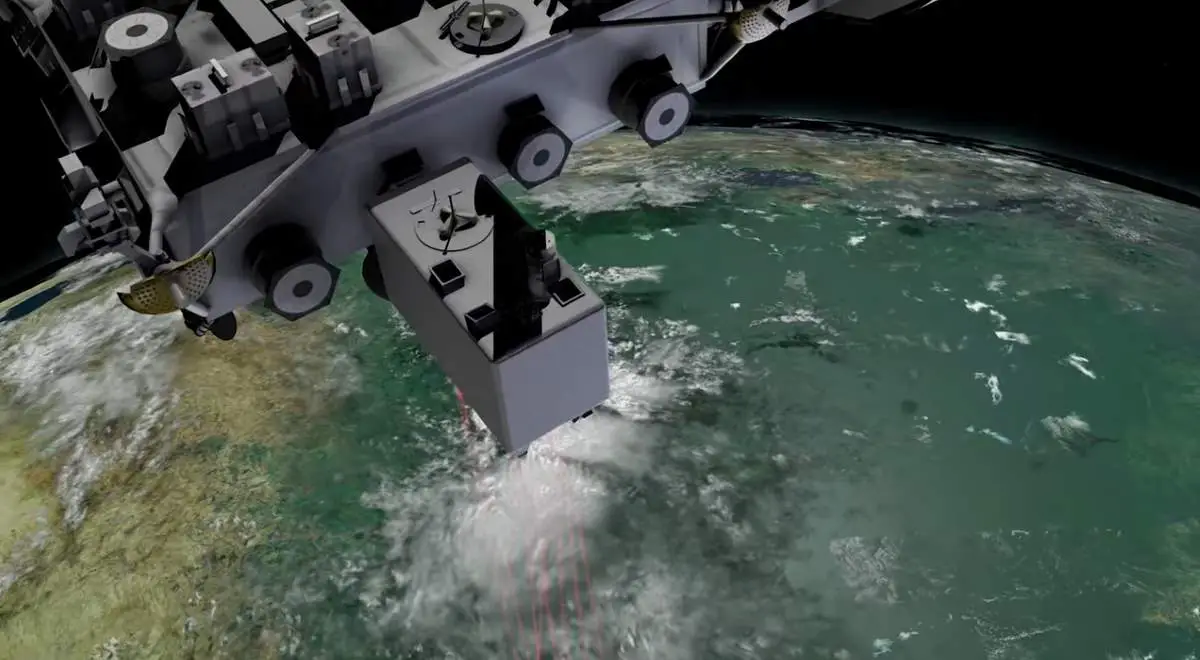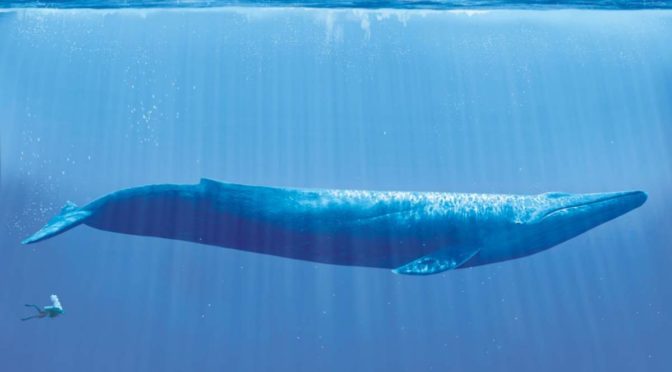Wildlife crossings over (and under) the highways could make animals (both wild and domesticated) and people safer. Our expanding network of roads is interrupting and fragmenting the territories of wild (and also domesticated) animals who need to cross our roads in search of food, water, mates, and shelter. Many are routinely struck and killed by …
Continue reading “Wildlife crossings make animals and people safer”
